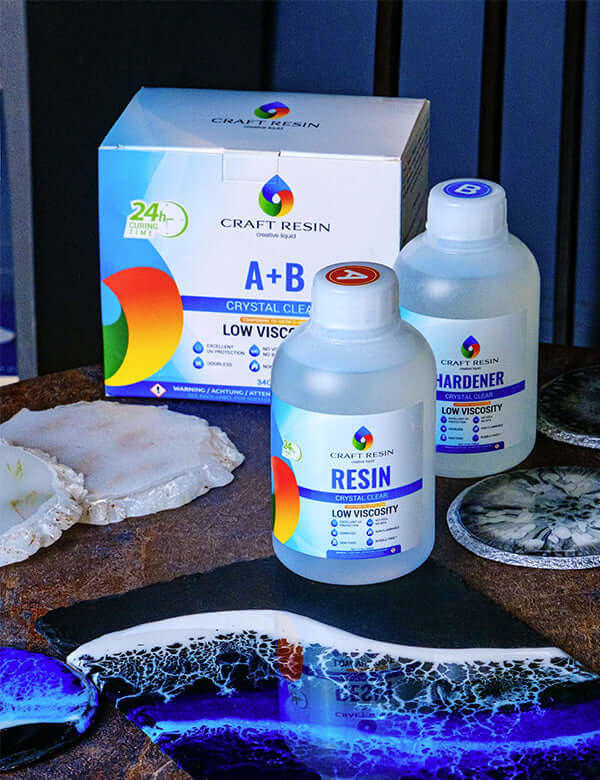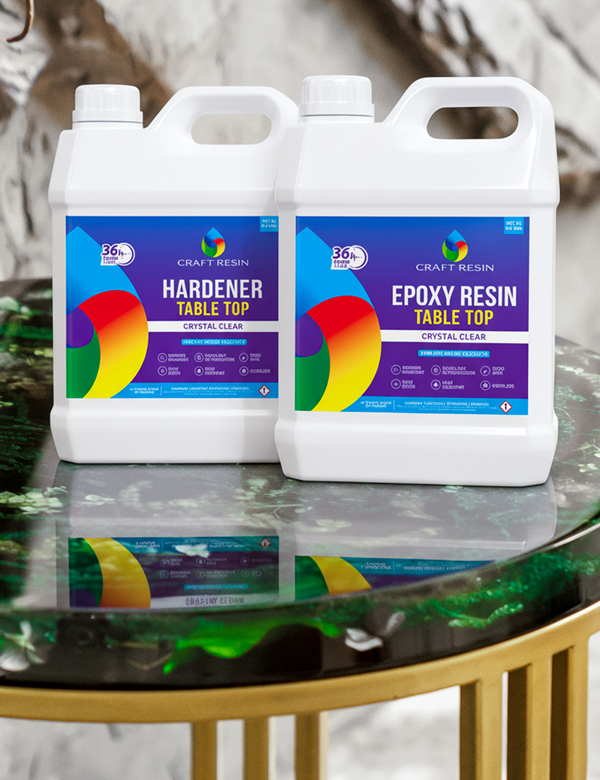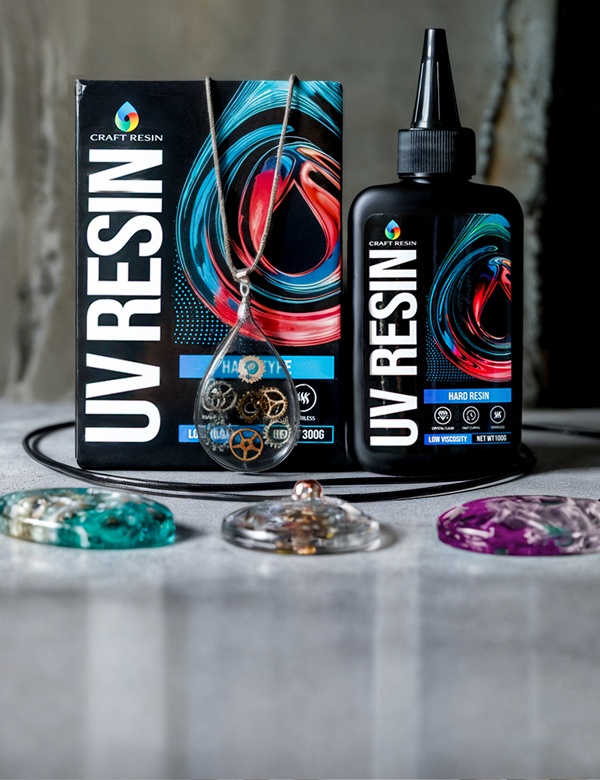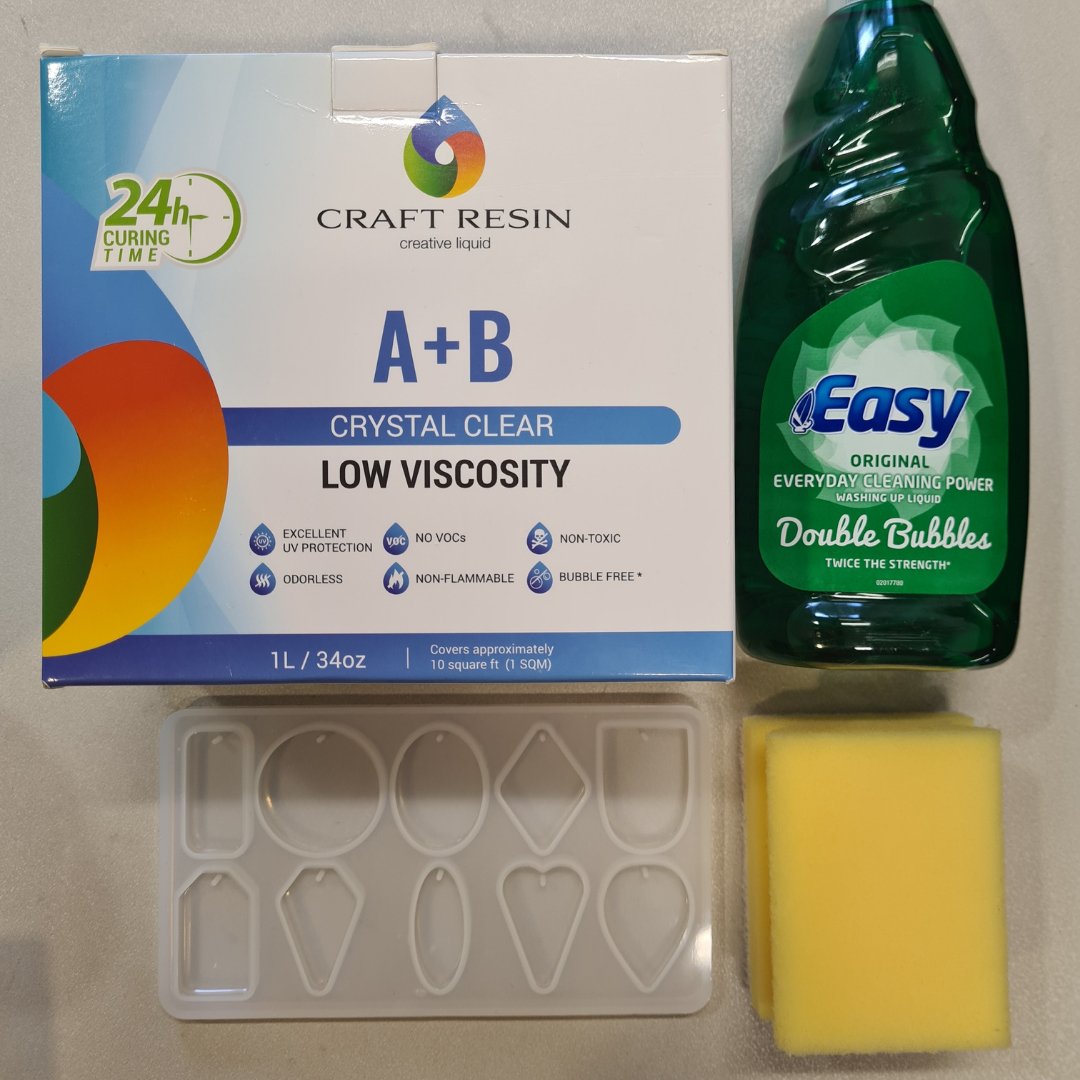We talk about temperature a lot here at Craft Resin, but that’s because getting temperatures right can make or break your resin projects.
So many different issues can occur if the temperature is incorrect, such as your work not curing (hardening up), your work having strange surface imperfections and ripple/orange peel effects to name a few.

The ideal temperature to work with Craft Resin’s epoxy resin is between 21-24C or 70-75F. This not only needs to be the temperature while working with the resin, but also during the first 24 hours of the curing stage too, possibly even longer is creating in layers.
So how can you make sure that your work area is the ideal temperature, especially in the colder months?
Make sure you monitor the temperature:
Sounds simple right, but lots of people do contact us when their work gets imperfections appear on it and when we ask what the temperature is they say room temperature.
Ok, so this could be ok, but room temperature is different for different people. When you have a thermometer in the area where you are working with resin and curing it, then you will be able to see if this temperature is high enough, or if it needs adjusting.
Move your working space indoors:
When you normally work outside for your resin projects you should still be monitoring the temperature. When you notice the thermometer drop lower than the recommended temperatures it’s time to relocate your work area indoors.
We know this can be tricky, if you don’t have the space indoors and you have family members around, but you need to find an indoor space that you can control the temperature in if you want all your projects to turn out perfect.

When you do move indoors, you may also need to get yourself a respirator or mask. Craft Resin is safe for home use, but because we don’t know how well ventilated your work area at home is, and again if it’s cold maybe not at all, it is best to wear protection. Your health should always be your number one priority, and we’d always recommend being over cautious in this area not under.
Turn the heaters on:
You might have central heating if you are working indoors, but if you’re working in an outbuilding then you might not. You might need to look into investing in some alternative heating solutions such as space heaters, oil heaters, or heating fans.
As long as they heat up your entire work area to the recommended temperature and keep it stable, safely through out the 24 hour curing process, then lots of heating options will do the job.

If you do find it difficult to heat an area, then heat mats could also be handy. If you place your work on these and then cover your work when curing with a plastic box (clean and big enough to not touch your work), then this will keep some heat in during the curing process. Again you will need to monitor the temperature in this area to make sure it’s between the recommended temperature.
We have a really great Facebook Community Group where our members are always sharing the items that they personally use and recommend to help with warming their workspaces, please do join the group if you’d like to learn what they use.
Warm the resin/molds/measuring/mixing jugs first:
We do recommend that you warm your resin and hardener before using them. This not only helps to disperse any micro bubbles, but it also helps with the curing process too.
To warm the bottles, simply place both of the bottles in a warm bath/sink of water. Make sure the lids are fully done up and make sure the water doesn’t go over the lids, any moisture in the bottles and then resin can cause issues too. Then leave them for about 5-10 minutes, you may need to experiment with your timings to find what works perfectly for you.
When you do warm your resin/hardener first, please make sure that your measuring, mixing and then molds that you’ll be pouring the resin mix into are also at a warm temperature.

If for example the mixing jugs have been left in a cooler room, or by a window with a chill coming from it, then the warm resin mix hitting this can cause a temperature or thermal shock. If you then pour this resin into your molds it can cure with imperfections in it.
The same stands if you pour the warm mix into a colder mold, or on a cold substrate, imperfections can happen and you might not notice them till later in the cure.
A heat mat can help warm these items up. Be careful is warming these items in water, as again any moisture that gets into the resin mix can cause issues too.
In summary there are lots of things you can do to ensure the temperature of your work space while you’re working with epoxy resin is between 21-24C or 70-75F and during the curing process.

Once you know this information you can take steps to avoid issues happening, knowledge is power as they say.
Share this Blog with anyone you think could use this information and also if you have any great tips to how you control the temperature where you work with epoxy resin please share them in the comments below this article.
Team Craft Resin







